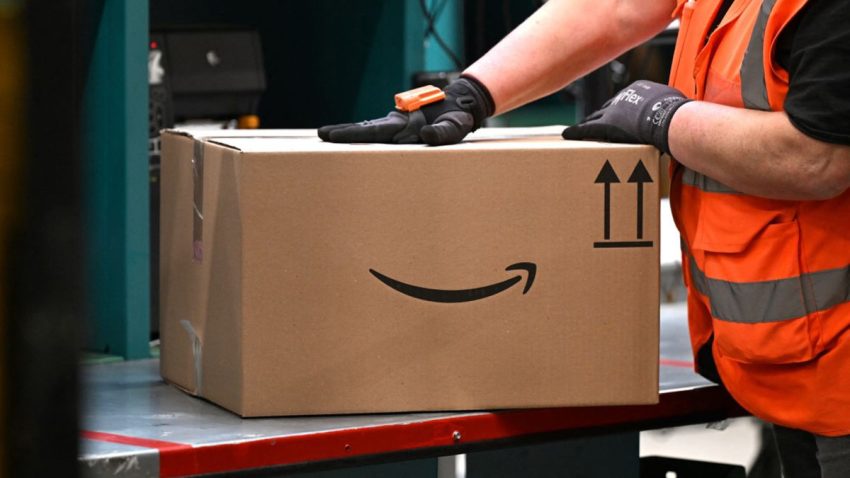Shift in Consumer Behavior Reshapes the Telecom Industry
Over the past few months, the telecommunications industry has experienced a significant transformation in customer behavior. This shift is not limited to traditional television services but extends to internet service providers as well. For years, cable companies have seen a steady decline in TV customers who are moving toward streaming platforms for entertainment. However, this trend is now also affecting their internet service offerings.
Cable giants such as Comcast and Spectrum have witnessed an unexpected drop in their internet customer base during the first quarter of this year. This decline follows recent price hikes implemented by these companies. A recent survey conducted by Cord Cutters News highlights the growing trend: only 40.2% of consumers currently rely on cable TV companies for their internet service, a notable decrease from 45% in late 2024.
The data shows that more consumers are turning to alternative internet options. Approximately 35% of users have switched to fiber-optic internet, up from 29.1% in 2024. Additionally, around 11% of consumers now use 5G home internet, which marks an increase from 8.4% just a year ago. These numbers reflect a broader movement toward faster and more reliable internet solutions.
Amazon Enters the Broadband Market
As consumers continue to explore non-traditional internet service options, Amazon is making its move into the broadband industry. The online retail giant plans to launch a satellite internet service by the end of this year, targeting areas with poor connectivity worldwide.
In April and June, Amazon launched low-Earth-orbit satellites through its initiative called Project Kuiper. According to Amazon’s website, the project aims to “help close the digital divide” by providing “fast, affordable” internet access to individuals, businesses, government agencies, and other organizations in regions without reliable connectivity.
Amazon’s satellite internet service will offer three different tiers, each with varying speeds. One tier will deliver up to 100 megabits per second, another will provide downlink speeds of up to 400 megabits per second, and the highest tier will offer speeds of up to 1 gigabit per second. Analysts at BofA predict that if Amazon captures a 30% share of the consumer market, it could generate $7.1 billion by 2032. This projection is based on the fact that roughly 2.6 billion people globally lack access to fast broadband internet.
Growing Competition in the Satellite Internet Space
Amazon’s entry into the satellite internet market comes at a time when competition is intensifying. SpaceX’s Starlink, which launched in 2019, has already attracted over 6 million customers worldwide. The service is available in more than 125 countries across all seven continents and is experiencing rapid growth due to high demand in both rural and urban areas. Analysts predict that Starlink could generate $11.8 billion in revenue by the end of the year.
In addition to satellite internet, fixed wireless internet services are gaining traction. These services use radio signals to provide internet access to remote or underserved areas. They are generally more cost-effective than traditional internet services, and major providers like Verizon, AT&T, and T-Mobile have started offering them.
Comcast has acknowledged the rising competition from fixed wireless internet providers. During an earnings call in April, the company’s Chief Financial Officer, Jason Armstrong, noted that the newer competitors have been adding approximately 1 million subscribers per quarter. He emphasized that the company is competing aggressively against these alternatives.
Conclusion
The telecom industry is undergoing a major transformation as consumers increasingly seek alternative internet solutions. With companies like Amazon and SpaceX expanding their presence in the satellite internet space, and fixed wireless providers gaining ground, the landscape is becoming more competitive than ever. As traditional cable companies adapt to these changes, they must find innovative ways to retain customers and remain relevant in an evolving market.
